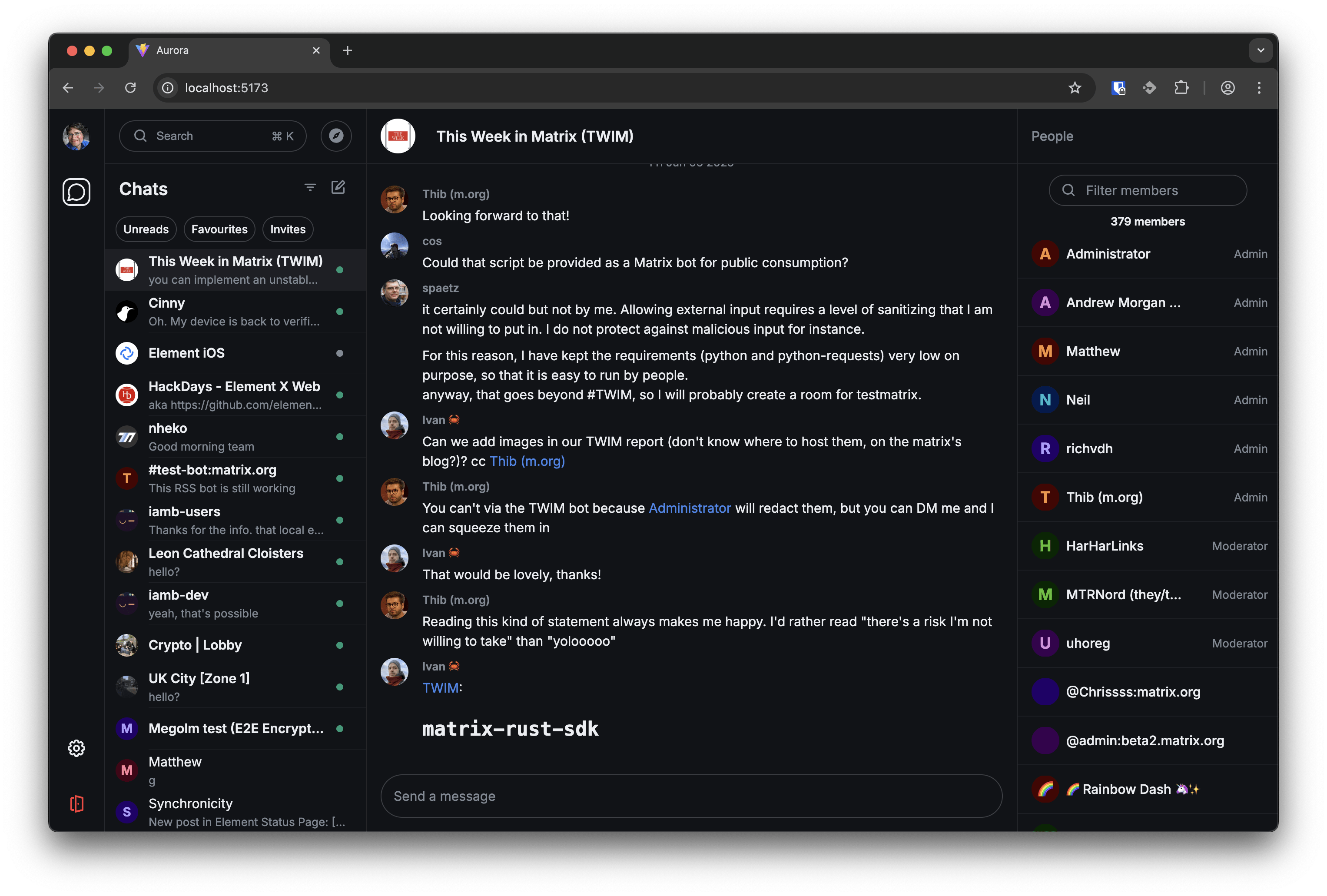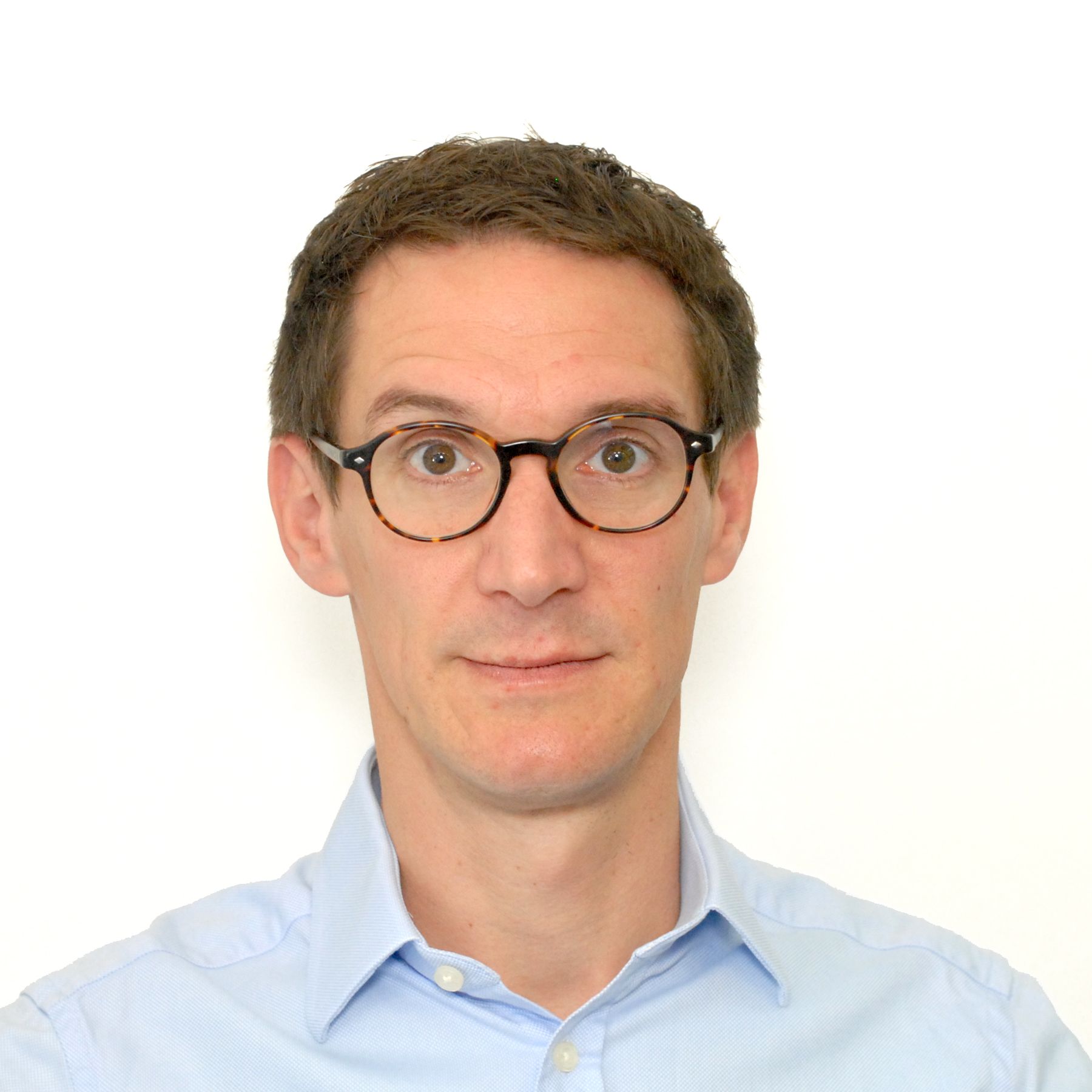What does digital sovereignty look like in action? At HackDays Paris 2025, a hackathon hosted by the French government’s DINUM, the digital directorate of the French government, nearly 300 developers, designers and open source champions gathered to explore this very question. Among them was a team from Element!
Element’s role in Europe’s digital workplace
Under the banner “We code, we build, we transform,” Hackdays brought together a European coalition of public-sector digital projects with the shared goal of creating interoperable, modular and sovereign digital tools for everyday collaboration; tools that embody European values and public control.
At the heart of the event was DINUM’s La Suite Numérique, a collection of open source tools designed for public-sector workplaces. This suite includes Tchap, a chat app based on Element and Matrix; Docs, a real-time collaborative editing tool built on BlockNote and Meet, and a video conferencing platform using LiveKit (which hopefully may interoperate with Element Call via MatrixRTC in future).
Tchap is at the heart of the suite, with newer apps like Docs and Meet attracting particular attention. Meanwhile, Matrix technology ran at the core of the event’s coordination, with Element used for hackathon communication and collaboration.

Project Aurora: A glimpse into the future of Element Web
One of the most exciting highlights from Element at HackDays was the launch of Project Aurora, a bold and experimental prototype web and desktop Matrix client built on the high-performance matrix-rust-sdk using the new Filament WASM bindings. Originally developed as a test jig for matrix-rust-sdk, Aurora is now open source and showcases a potential future for Element X Web. Though still very much a work in progress, with limited features like legacy login only and no notifications, it demonstrated impressive speed and performance improvements compared to existing clients. The Element team entered Aurora as its official HackDays submission, and you can explore the code on GitHub. The project’s promise points toward a future of faster, more modular Matrix clients that could transform digital collaboration across Europe.
The spirit of HackDays
HackDays goes beyond demos and prototypes; it’s a living laboratory for open source diplomacy. Throughout the event, Matrix conversations flourished with teams working on Meet, Xivo, Linphone and OpenProject, exploring ways to integrate MatrixRTC into Meet for encrypted, federated calls, or to embed SIP calling within Element via widgets. The atmosphere of collaboration was infectious, strengthened by mentors like Matthew from Element and Yousef from BlockNote.
A particularly inspiring example of cross-project collaboration came from OpenProject (see its blog post), which prototyped a seamless integration between their project management software and Docs. This integration enables users to create and link OpenProject work packages directly within Docs, turning notes and discussions into structured tasks without leaving the document. This simple yet powerful concept reflects a larger vision for a truly interoperable and modular digital workspace built on open source principles, a vision already taking shape through the openDesk initiative, which brings together tools like Docs and OpenProject across France and Germany.
The road ahead for a digitally sovereign Europe
The broader context of these efforts is the urgent drive toward digital sovereignty across Europe. Governments face increasing pressure to maintain transparency, ensure interoperability and keep control over their digital infrastructure. Open source collaboration across borders is no longer optional. Events like HackDays demonstrate how bringing together diverse projects, powered by shared protocols like Matrix, lays the foundation for a digital future that is open, resilient and aligned with public values.



